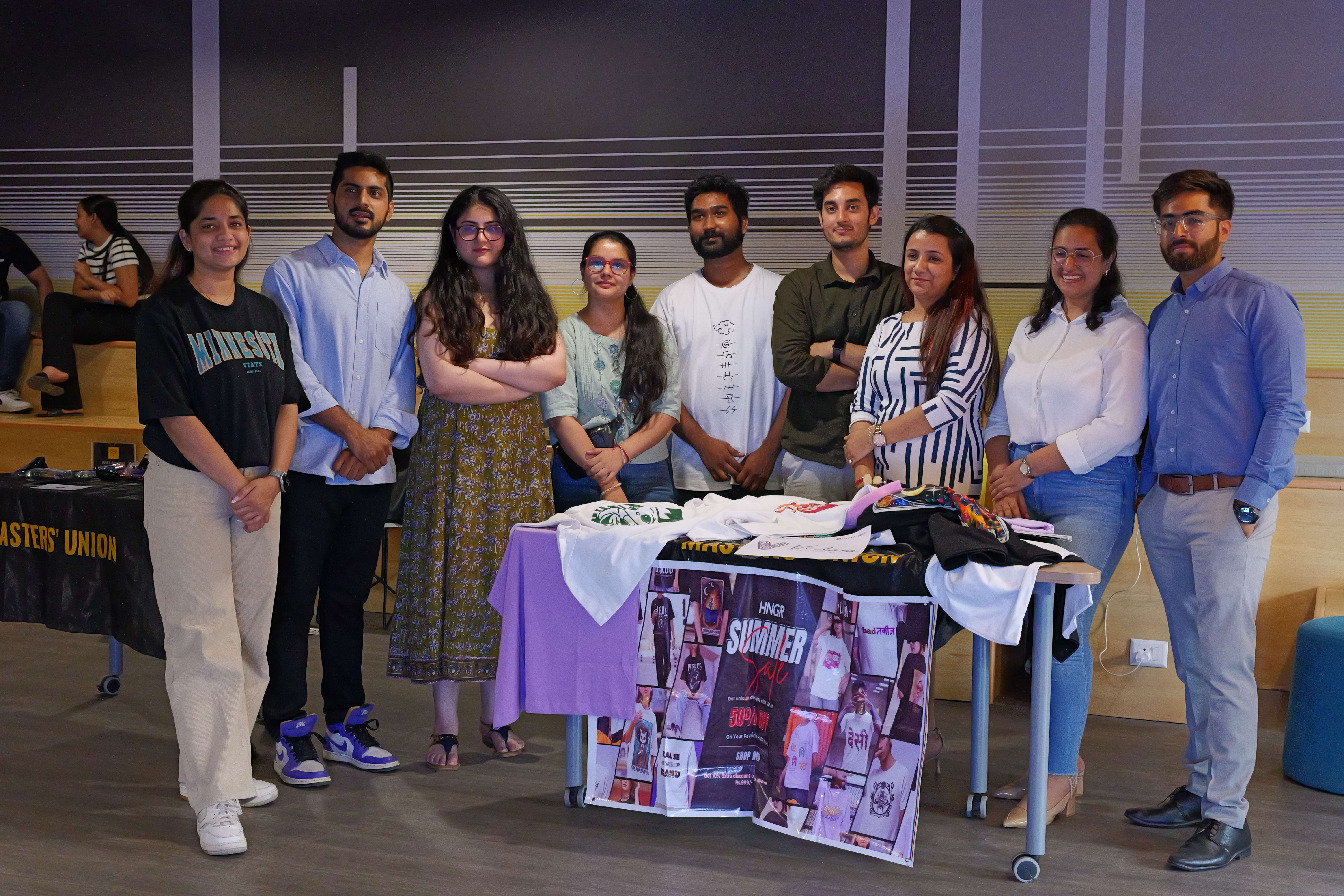Textile Sourcing from India: What’s New in 2025?
India has long been a dominant player in the global textile market, known for its abundant raw materials, skilled labor force, and centuries-old craftsmanship. As we move through 2025, the textile sourcing landscape in India is undergoing transformative changes. U.S. buyers and global fashion brands are increasingly turning their attention to India—not only for cost efficiency but also for sustainability, digital integration, and supply chain resilience.
In this article, we’ll explore the latest trends, technologies, and shifts in textile sourcing from India and how global buyers are navigating these developments for competitive advantage.
1. Post-Pandemic Revival and Growth
India’s textile sector bounced back strongly after the pandemic, with exports expected to cross $100 billion by the end of 2025. This growth is supported by the government’s Production Linked Incentive (PLI) scheme, which is encouraging large-scale investments in technical textiles and MMF (man-made fiber) apparel. Exporters are modernizing operations with advanced looms, digitized inventory systems, and solar-powered facilities.
This revival is especially relevant for global buyers who prioritize both price and production transparency. With the help of a bestsourcing agent India, importers can gain access to vetted suppliers who meet compliance standards and ensure consistent product quality.
2. Sustainability: A Non-Negotiable
One of the most significant developments in 2025 is the rise of green textiles. Indian manufacturers are moving away from resource-intensive processes toward eco-friendly dyes, recycled yarns, and waterless printing technologies. Cotton grown through regenerative farming methods is gaining traction, especially among European and U.S. brands seeking GOTS-certified suppliers.
Buyers looking for sustainable alternatives are increasingly partnering with suppliers through a bestsourcing agent Asia, who can verify sustainability claims and manage ethical audits across multiple facilities. This ensures that green commitments aren’t just marketing claims but deliver measurable ESG results.
3. Digitization and Smart Supply Chains
Digital transformation is redefining textile sourcing in India. Companies are integrating blockchain for traceability, AI-powered design tools for customization, and IoT-based monitoring for production tracking. This results in faster turnaround times, fewer defects, and greater visibility throughout the value chain.
With these changes, international buyers no longer need to physically visit factories as frequently. Digital sampling, virtual inspections, and remote negotiations are now standard practice. A seasoned bestsourcing agent India can manage this entire digital ecosystem on behalf of clients, reducing both travel costs and lead times.
4. Rise of Regional Manufacturing Hubs
In 2025, textile production is no longer limited to traditional hubs like Tiruppur or Surat. Tier-2 cities such as Bhilwara, Erode, and Panipat are now becoming micro-ecosystems for home textiles, knitted garments, and upholstery fabrics. These regions offer lower overhead costs, faster shipping via dedicated freight corridors, and access to raw material clusters.
This decentralization helps in diversifying the sourcing base, thereby reducing the risk of bottlenecks. A bestsourcing agent Asia with regional knowledge is essential to unlock competitive pricing from these rising hubs while maintaining production consistency.
5. Customized Small-Batch Manufacturing
As consumer demand shifts toward personalization and limited-edition products, Indian manufacturers are embracing small-batch, high-variety production models. Digital printing and modular stitching lines now enable quick changes in design with minimal retooling. This agility allows fashion startups and mid-size brands in the U.S. to run more seasonal or niche product lines.
For buyers interested in short runs or prototyping, using a bestsourcing agent India offers distinct advantages. These agents manage relationships with flexible suppliers who accept smaller MOQs without compromising on compliance or quality.
6. Increased Government Incentives for Exporters
2025 has seen the Indian government ramp up support for textile exporters through subsidies on freight, interest rebates, and export duty exemptions. These incentives have made Indian goods more cost-competitive even when compared to other Asian markets like Vietnam and Bangladesh.
International buyers stand to benefit from these incentives indirectly through reduced landed costs. By working with a reliable bestsourcing agent Asia, importers can ensure that their supplier partners are eligible and registered to receive these government benefits.
7. Focus on Compliance and Certifications
Global buyers are increasingly focused on sourcing from facilities that are WRAP, SEDEX, or SA8000 certified. Indian suppliers are responding to this demand with upgraded HR practices, waste management systems, and worker safety programs.
Navigating certifications and understanding the validity of audits can be complex. This is where a bestsourcing agent India adds immense value—by handling documentation, managing audit schedules, and ensuring the supplier ecosystem aligns with global ethical standards.
8. Streamlined Logistics and Infrastructure Enhancements
India’s logistics sector has improved drastically in 2025. Smart ports, improved road and rail connectivity, and digital customs platforms like ICEGATE are reducing turnaround times and port delays. The Mumbai–Delhi Dedicated Freight Corridor, in particular, has cut down textile shipment timelines by 30%.
Faster and cheaper movement of goods makes Indian suppliers more attractive, especially for time-sensitive orders. When facilitated by a bestsourcing agent Asia, these logistics improvements can translate into better service levels and reduced total costs for U.S. importers.
Final Thoughts
India’s textile industry in 2025 is dynamic, digital, and demand-driven. The transformation—from sustainability to smart sourcing—is not just attracting large buyers but also leveling the playing field for mid-sized and boutique importers. Whether you’re a fashion brand, a home décor label, or a lifestyle retailer, India now offers the infrastructure, talent, and agility to meet your sourcing needs.
To maximize value and minimize risk, engaging a trusted bestsourcing agent India is key. With the right partner on the ground, navigating India’s fast-changing textile sourcing ecosystem becomes a competitive advantage rather than a challenge.

